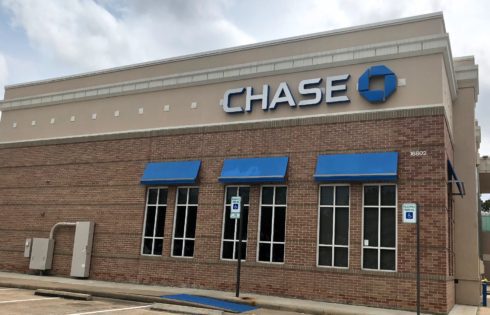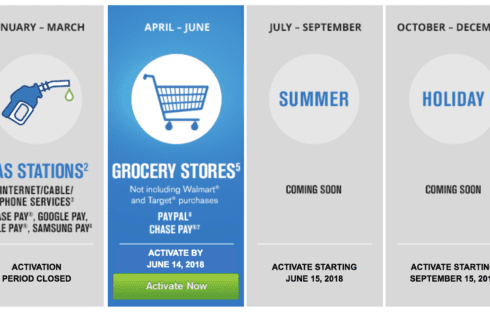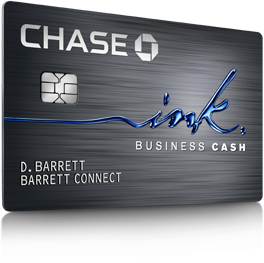
Two New All-Time High Offers 💎💎 Worth $750
There are two new great offers out that are all-time high offers worth taking a serious look at. One is for the Chase Ink Business Cash and the other is

There are two new great offers out that are all-time high offers worth taking a serious look at. One is for the Chase Ink Business Cash and the other is

Both the Chase Ink Business Cash and the Chase Freedom are two great travel rewards credit cards with no annual fee. But how do these cards compare to each other

Two of the most popular credit cards issued by Chase are the Chase Ink Cash and the Chase Sapphire Preferred. These cards have some similarities in that they both offer a lot of

For a card without an annual fee, the Chase Ink Business Cash is a great card with its high sign-up bonus and unique bonus categories like 5X on office supplies

If you’re denied or not instantly approved for a Chase business credit card, theres a good chance you’ll need to call the Chase business reconsideration line. Chase recon calls for business

The Chase Ink cards include the impressive line-up of the: Ink Business Preferred, Ink Cash, and and Ink Unlimited. All three of these cards offer extremely valuable rental car coverage.
| Cookie | Duration | Description |
|---|---|---|
| cookielawinfo-checkbox-analytics | 11 months | This cookie is set by GDPR Cookie Consent plugin. The cookie is used to store the user consent for the cookies in the category "Analytics". |
| cookielawinfo-checkbox-functional | 11 months | The cookie is set by GDPR cookie consent to record the user consent for the cookies in the category "Functional". |
| cookielawinfo-checkbox-necessary | 11 months | This cookie is set by GDPR Cookie Consent plugin. The cookies is used to store the user consent for the cookies in the category "Necessary". |
| cookielawinfo-checkbox-others | 11 months | This cookie is set by GDPR Cookie Consent plugin. The cookie is used to store the user consent for the cookies in the category "Other. |
| cookielawinfo-checkbox-performance | 11 months | This cookie is set by GDPR Cookie Consent plugin. The cookie is used to store the user consent for the cookies in the category "Performance". |
| viewed_cookie_policy | 11 months | The cookie is set by the GDPR Cookie Consent plugin and is used to store whether or not user has consented to the use of cookies. It does not store any personal data. |
